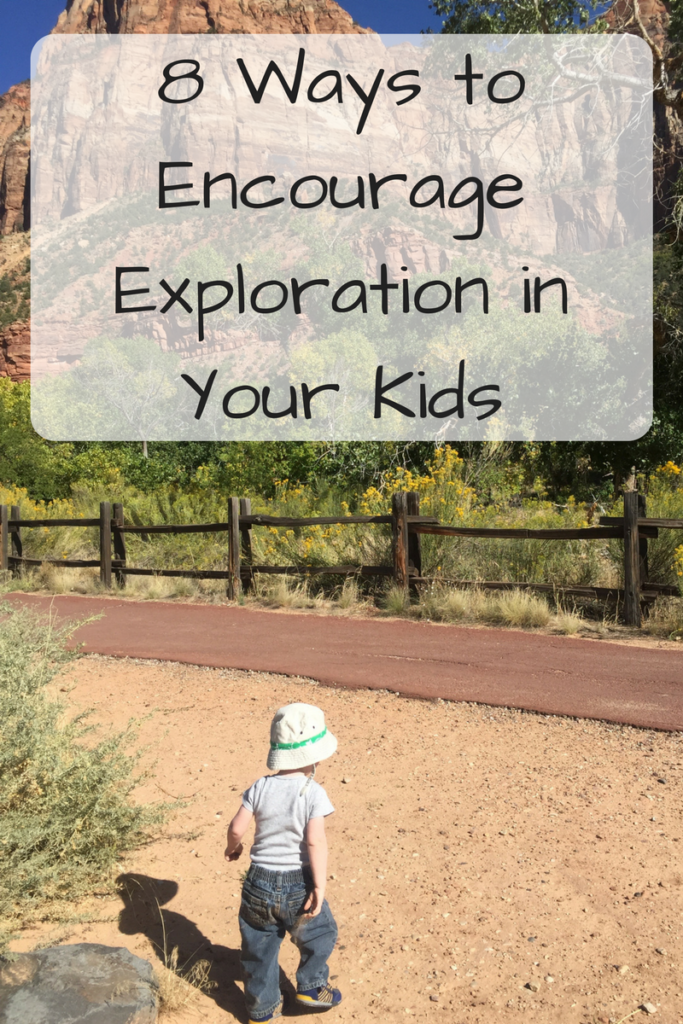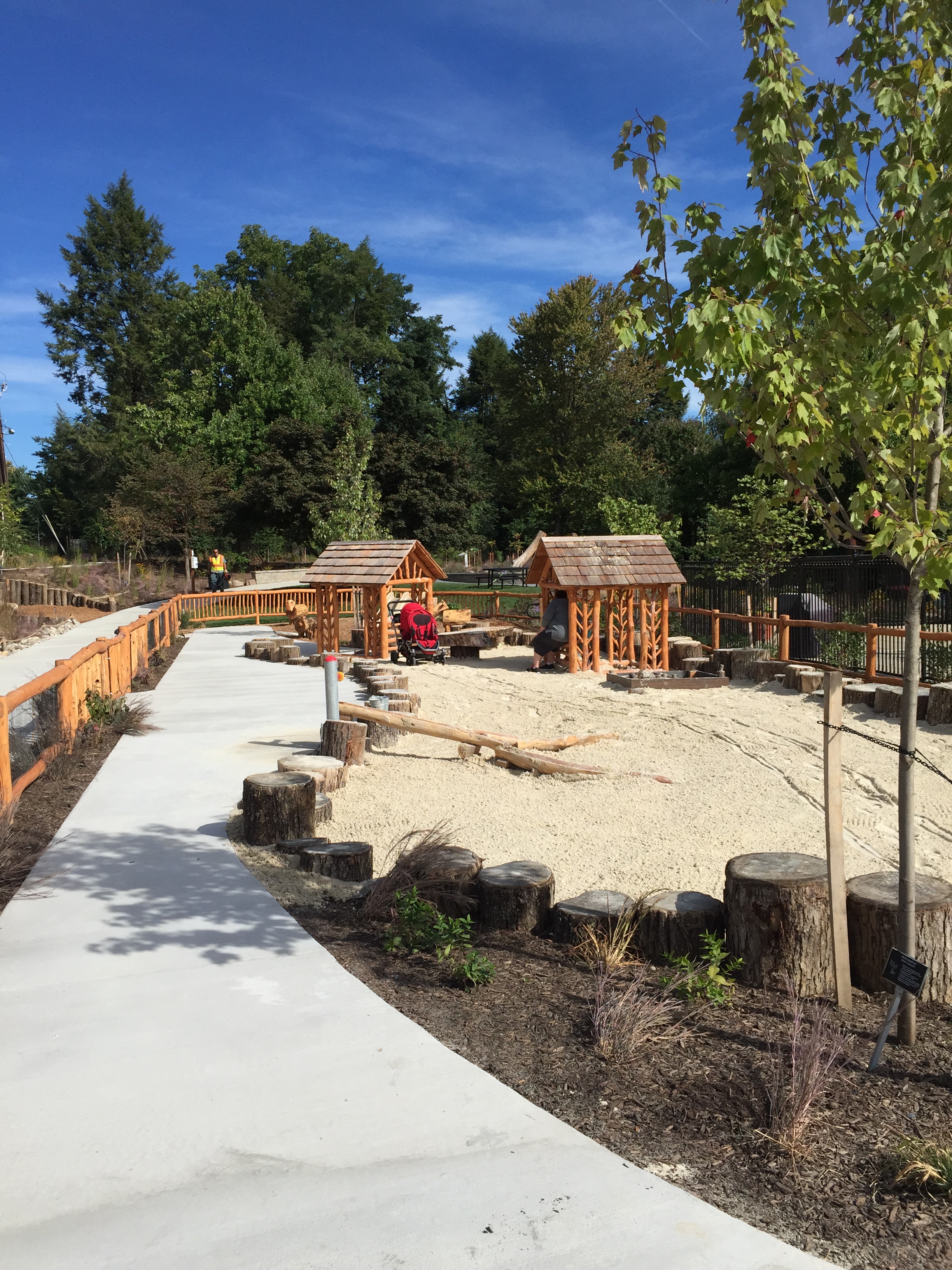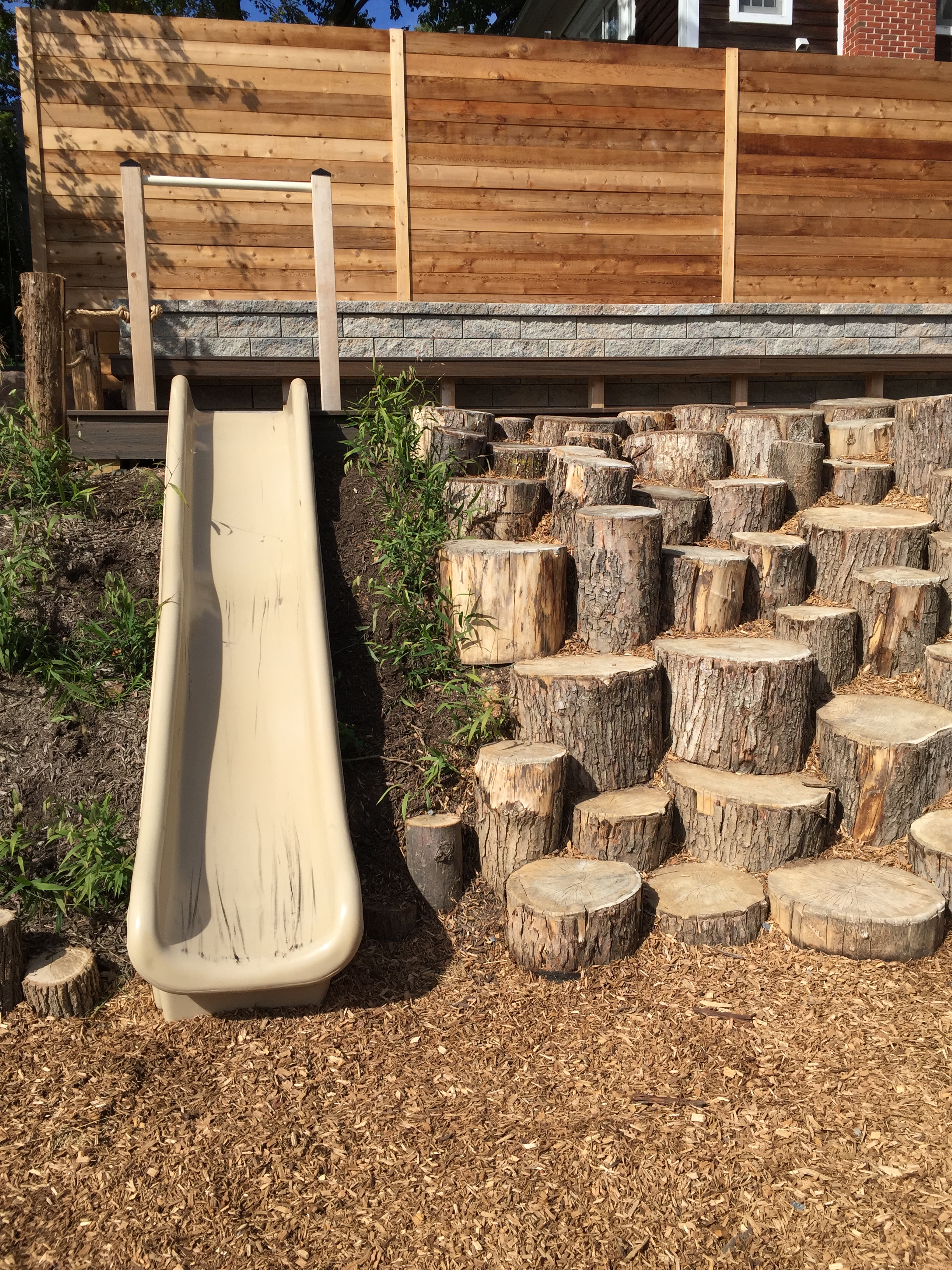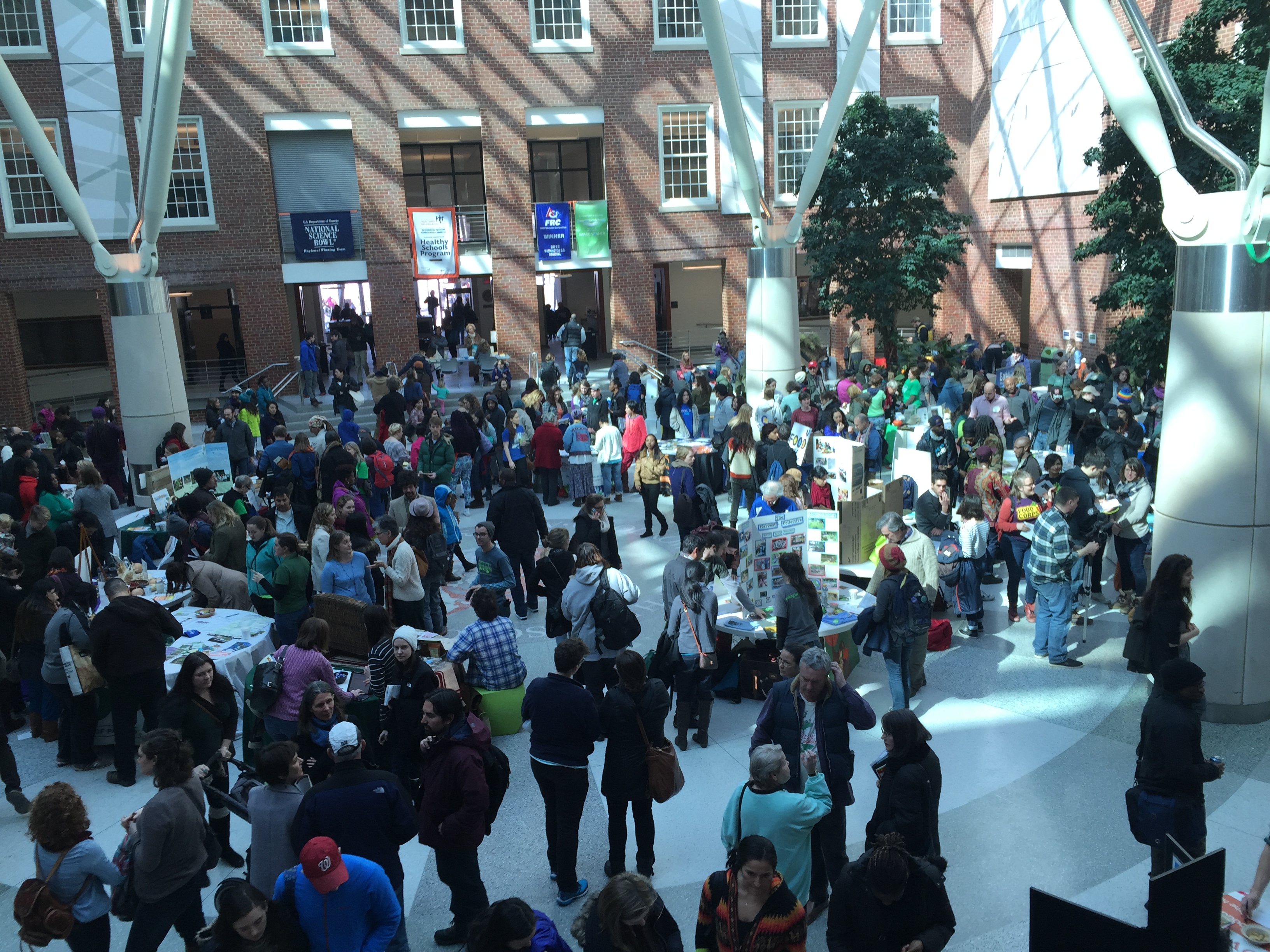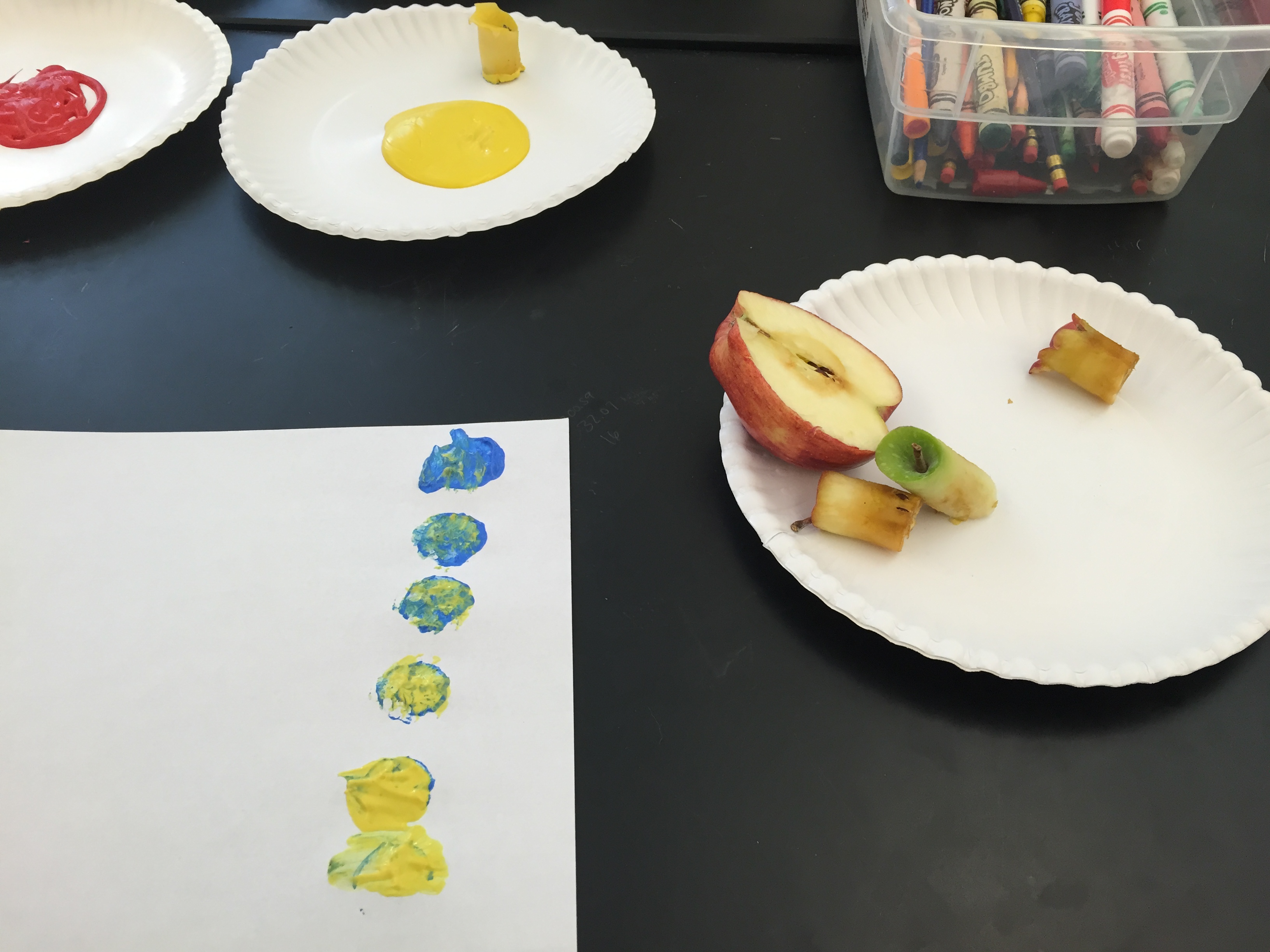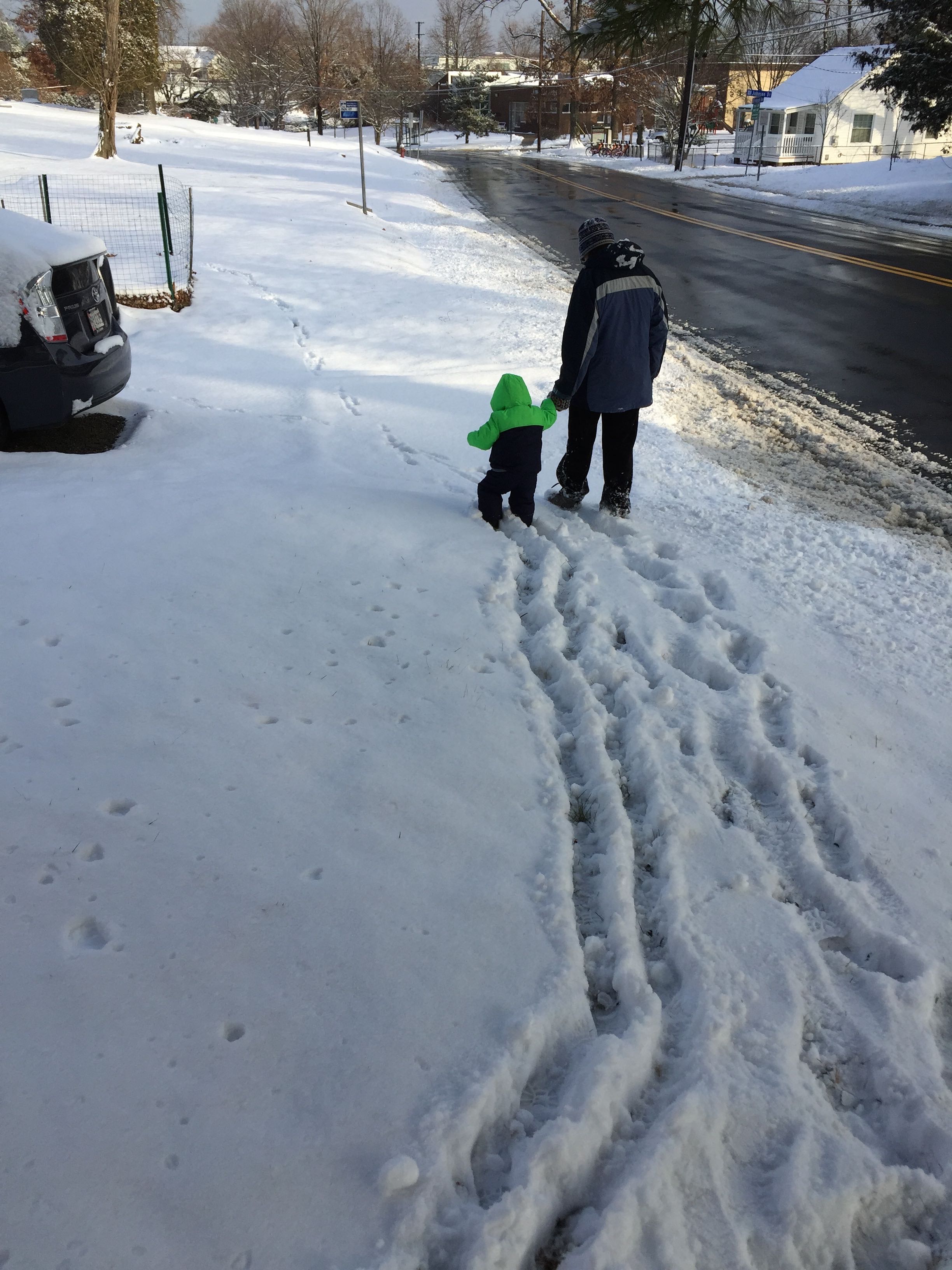The crackling of the fire, the joy of rambling around outside, the sweet goodness of S’mores, the spread of stars in the night sky – all idyllic childhood memories associated with camping. On the other hand, there’s sore backs from sleeping on the ground, damp clothing, and arguments about setting up the tent, considered “character-building experiences” by generations of parents. In Sprout’s first camping trip last weekend, we had a solid mix of both, but more than enough of the former for me to dream of future trips on the way home.
This was our second try at camping with Sprout. We planned on going last year, but ditched the idea when it was supposed to be raining and a high temperature in the 50s. To make up for it, I planned this trip to replace the last one, even going to the same location of Shenandoah National Park.
I don’t exactly know why I’m so keen on camping with Sprout, but there’s something in me drawn to it. I tent camped with my parents as a kid, but I was too young to remember it. Most of my memories are of being in our slightly-cramped pop-up trailer, lying on my back and listening to the rain sound like the water boiling for macaroni and cheese. When I was older, I went tent camping as part of more extensive hiking or rock-climbing trips, with mixed results. While the logical part of my mind says I want to go camping because it’s cheap, my sentimental, romantic side is far more vague, providing a longing for being outside with my family and away from my to-do list.
The trip did a beautiful job fulfilling that desire. Even if there had been cell reception up in the mountains – which there wasn’t – I don’t think I would have picked it up. We were too busy setting up, playing or just being together. I played ball with Sprout in our campsite and watched him vroom his recycling truck in the grass. He loved climbing in and out of the tent so much that he cried when we broke it down the next morning. Sitting at the picnic table, we ate corn and potatoes cooked over an open flame, Sprout hamming it up with the corn cob sticking out of his mouth. We snuggled under blankets, watching the flickering flames and glowing embers. After we put Sprout to bed, Chris and I ate S’mores, drank wine and sat in peace with each other, quiet but not silent. The next day, we hiked down to a waterfall with a wide, long view out to the rest of the forested valley. We ate sandwiches perched on rocks, the green expanse of Big Meadows spreading out behind us.
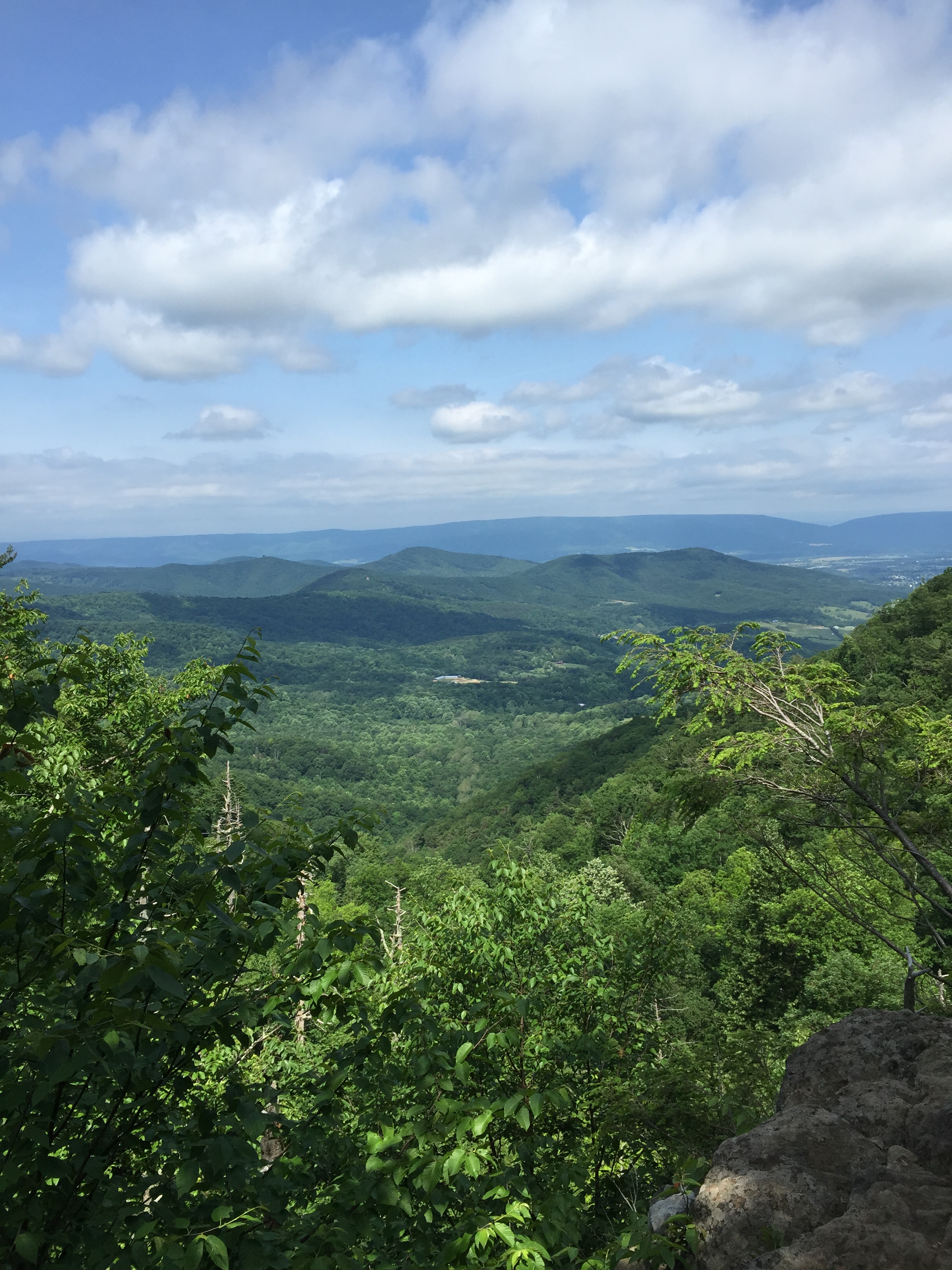
That’s not to say everything went perfectly. When we tried to play our first game of frisbee, I threw it and hit Sprout right below the eyes. (He was okay.) Sprout had to go to bed before we could introduce him to the wonders of toasted marshmallows. Fortunately, we now know a number of things for our next trip.
Camping can be expensive.
In theory, camping is cheap, compared to staying at a hotel. After all, it was only $20 a night for the site. But that doesn’t include the huge amount of gear required. Before this trip, we already had the vast majority of our gear – a tent, sleeping bags, sleeping pads, and a camp stove, totaling several hundred dollars worth of equipment. Despite that, we still ended up dropping almost $200 at Target before we left: a camp lantern, new cooler, non-BPA water bottles, Swiss Army knife, first aid supplies, and groceries for lunch/dinner. While we will use all of the stuff in the future, you really need to like camping to drop the resources on it. For an excellent set of gear check-lists, I recommend The Down and Dirty Guide to Camping With Kids, which has a lot of good advice on family camping in general.
Check the campsite location.
This issue was totally and utterly my fault. When I looked up Shenandoah National Park on Google Maps, I was pleasantly surprised to see it was only an hour and a half away. Except that I forgot Shenandoah is 150 miles long. More importantly, I forgot our campsite was located half-way down Skyline Drive, which has a speed limit of 35 mph. Knowing exactly where our site was would have saved us some time (we could have gone in a different entrance) and stress of having an annoyed toddler in the backseat for that long.
Setting up and breaking down will take more time than expected, especially if you want to use the fire to cook with.
Chris and I have done a remarkably low amount of camping together due to his previous work schedule. As a result, the large majority of my camping experience has been with a group where I was not the one primarily responsible for setting up and breaking down the campsite. While I have the skills to do it, I was never cognizant of the timing. As it turns out, it takes a really long time to set up (and break down) a campsite, especially when you have a small child to keep an eye on. In particular, getting the fire going and having big enough flames to cook with takes ages. I had planned on getting there, setting up the site, and driving back out for a short hike before dinner. Ha. Between getting in later than anticipated and stoking the fire, we ended up not eating dinner until 8 PM. Thank goodness our neighbors with a giant RV gave us half a bag of charcoal or we would have been there all night.
An easy bedtime makes no guarantees.
By the time we finished dinner, Sprout was exhausted and antsy, bordering on chaotic naughty. Seeing no good to come in the future if he stayed up, I brought him into the tent and started a camping version of the bedtime routine. But when I tried to put him in the pack-and-play, he refused to lie down. I wasn’t going to push the issue, so I just kissed him goodnight and left, hearing no complaints in my wake. Fast-forward an hour and a half, when we heard panicked yelling just past 11 PM. So much for that plan. I went in to find him still sitting up, how he must have fallen asleep. After I picked him up, it took a good 10 minutes to calm him down. There was no way in hell I was leaving that tent without waking up half of the campground.
Be prepared to change sleeping arrangements.
Instead of trying to get Sprout back down in the pack-and-play, I got into my pajamas and snuggled down with him. Unfortunately, it was dark and I didn’t have the patience or extra hands to go searching for his sleeping mat. As a result, I ended up half-way off my sleeping mat, freezing for half the night because I couldn’t zip up my sleeping bag. If I had his sleeping mat and bag next to me prepared for such a situation, I probably would have had a more pleasant night.
Don’t underestimate morning dew; bring plenty of extra clothing.
Just walking around in the grass covered in morning dew, Sprout completely soaked his sneakers, socks, and the bottom half of his pants. I either wear Tevas or hiking boots camping, so I never really thought about it, but the grass was really wet. Thankfully, Chris had an extra pair of pants and his water shoes in the diaper bag.
Appreciate camping for camping – everything else is a bonus.
Fortunately, we had time in the morning to get in a lovely hike out of Big Meadows. However, I ended up abandoning plans both for getting in a shorter hike that Sprout could have done and seeing a birds of prey show at the Visitors’ Center. Between setting up, breaking down, and getting out before naptime, there simply wasn’t space in the schedule. While I was a little disappointed, Chris reminded me that while those other activities were nice, they really weren’t the point of camping. The point was to be out in nature, together as a family. Which we definitely accomplished.
While many things didn’t go quite as planned, I’m remembering the beauty that we did experience. Plus, I’ve already picked our next two camping destinations.

